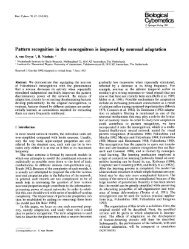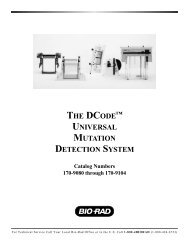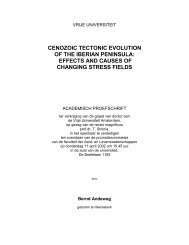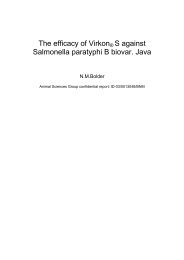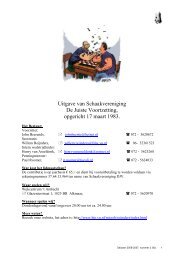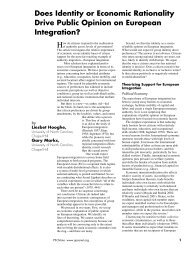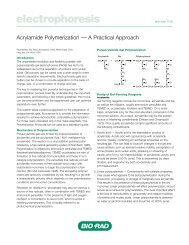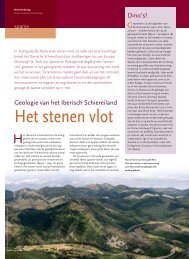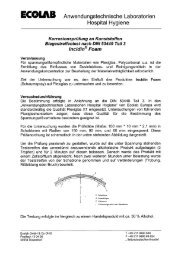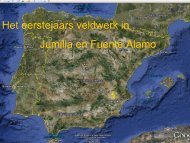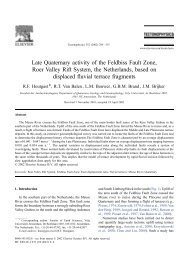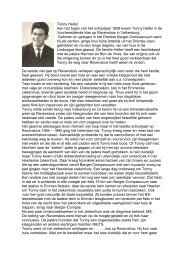5 NATURAL ABUNDANCE OF THE STABLE ISOTOPES ... - Falw.vu
5 NATURAL ABUNDANCE OF THE STABLE ISOTOPES ... - Falw.vu
5 NATURAL ABUNDANCE OF THE STABLE ISOTOPES ... - Falw.vu
You also want an ePaper? Increase the reach of your titles
YUMPU automatically turns print PDFs into web optimized ePapers that Google loves.
Chapter 7fractionation 13 (‰)40CaCO 3HCO 3s/bc/bCO 32-4-8CO 2 gg/ba/bCO 2 aq-12010203040temperature t (C)Fig.7.3Temperature-dependent equilibrium isotope fractionation for carbon isotopes of gaseousCO 2 (g), dissolved CO 2 (a), dissolved carbonate ions (c), and solid carbonate (s) withrespect to dissolved HCO 3 (b). The actual data and equations are given in Table 7.2.In nature equilibrium carbon isotope effects occur specifically between the phases CO 2 H 2 O H 2 CO 3 CaCO 3 . Values for the fractionations involved only depend on temperature and areobtained from laboratory experiments. A survey is presented in Fig.7.3 and Table 7.2.The kinetic fractionation of specific interest is that during carbon dioxide assimilation, i.e. theCO 2 uptake by plants. The relatively large fractionation (up to about 18‰) is comparable tothe effect observed during absorption of CO 2 by an alkaline solution. A quantitative estimateshows that the isotope effect as a result of diffusion of CO 2 through air can not explain thefractionation (Sect.3.5). The resulting value of 13 is 0.9956, so that only 4.4‰ of the totalassimilation fractionation in favour of 12 C can be explained by the diffusion. The remaining13.6‰, therefore, has to be found in the surface of the liquid phase and in the subsequentbiochemical process.92



